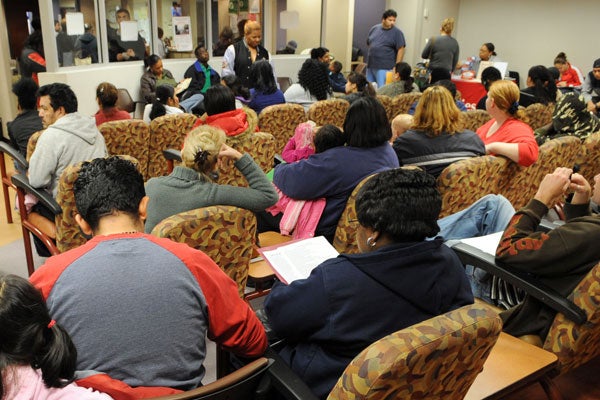In a recent blog post, Brookings scholar Ron Haskins identifies five social programs as being highly effective and highlights the Obama administration’s “evidence based” policy efforts to fund effective federal social programs. Unfortunately, these five social programs — Career Academies, Nurse-Family Partnership, Carrera Adolescent Pregnancy Prevention Program, Success for All, and Small Schools of Choice — are not representative of the average social program.
Of perhaps thousands of social programs operated by nonprofits and federal, state, and local governments, these five represent only a small handful of social programs that have been found to be effective in more than one location based upon randomized experiments — the “gold standard” for assessing effectiveness. Haskins himself notes that less than 1 percent of federal spending goes to programs supported by evidence.
The majority of social programs are never rigorously assessed for effectiveness. Perhaps more important, when randomized experiments are used to assess effectiveness, the overwhelming majority of social programs are found to be ineffective. Failure to provide beneficial impacts is an especially accurate description when it comes to the performance of federal social programs. These five programs may well work; the problem is they are not typical. They are extreme outliers.
Less than 1 percent of federal spending goes to programs supported by evidence.
In light of this assessment, there are three important points that policymakers should consider. First, the commonality among these five social programs is that they are not original initiatives of the federal government. Given that the federal government sends over $600 billion in grants to state and local governments each year, there is a good chance that these programs benefit in some way from federal funding. However, these programs are not run by the federal government and do not appear to be entirely dependent on federal funding.
Second, while the federal government is trying to explicitly replicate the successful results of the Nurse-Family Partnership and Success for All, previous replication attempts by the federal government have met with failure. Original program success may depend on a host of factors specific to the population being served as well as the high levels of initiative and commitment by a program’s originating sponsors. It takes more than getting a grantee to follow rudimentary checklists, such as what the Obama administration is trying to do with job-training programs, to duplicate success. Only time will tell if these new replication efforts will be judged successful, but history does not bode well for these attempts.
Last, none of these five social programs fulfills any specific responsibility of the federal government as authorized by the U.S. Constitution. With the federal debt reaching $18 trillion, advocates of evidence-based policy could do a lot of good if they focused more on cutting wasteful spending, rather than conjuring up new ways to justify continued overspending on social programs.
Originally appeared in the National Review.






























